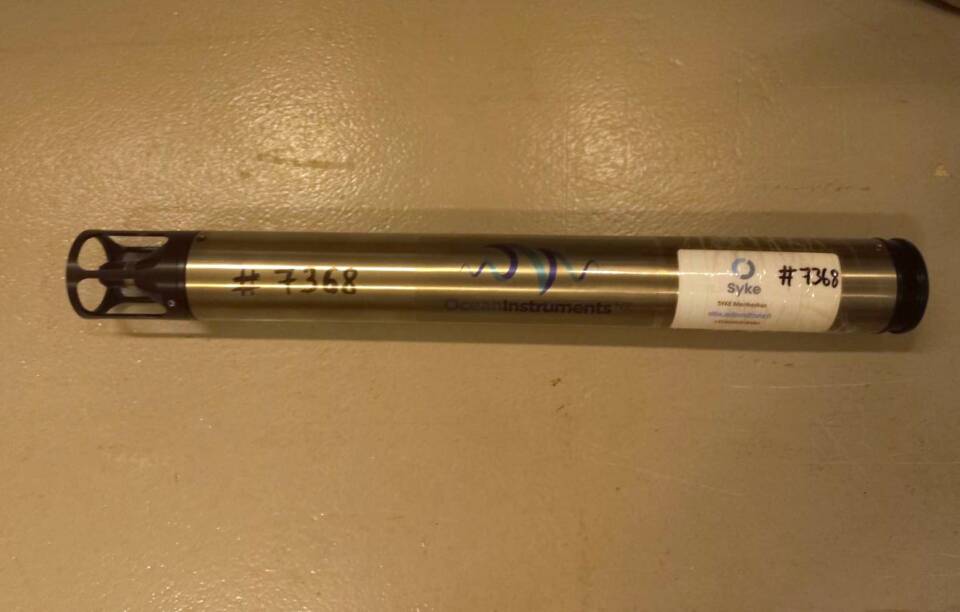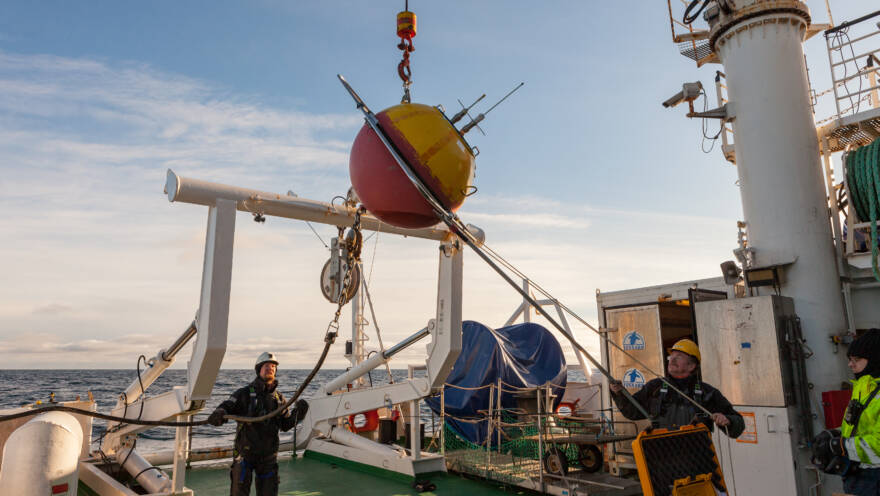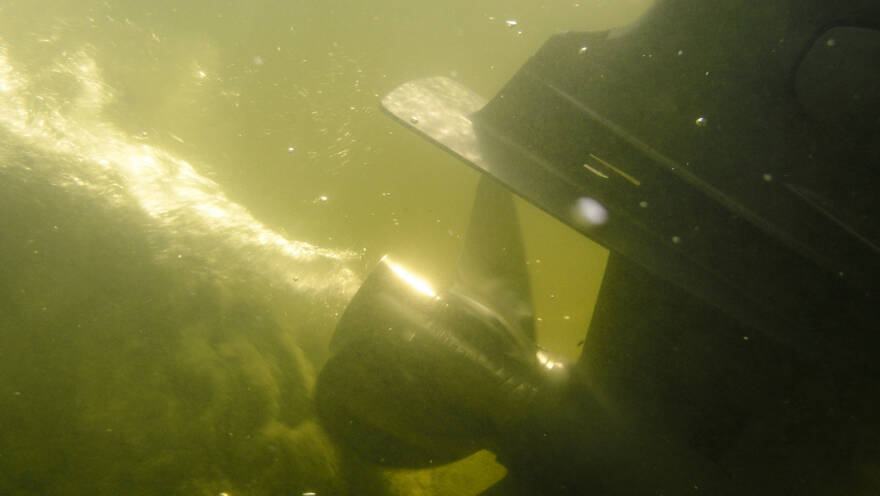
Monitoring noise is still new in the Baltic Sea
Human-caused noise in the sea has only been recognized as a problem in recent decades. Continuous research projects and monitoring are providing more information about underwater noise and its effects. According to these studies, low-frequency noise has particularly increased in the Gulf of Finland and the northern Baltic Sea in recent years.
The effects of underwater noise depend on the sound intensity, frequency, duration (temporary or continuous), and the organism’s sensitivity to noise.
Within the European Union, criteria are being developed to determine whether or not a maritime area is in good condition in terms of underwater noise. Once these criteria have been established, the noise situation in the Finnish sea areas can also be assessed.
Accordingly, different categories are used to assess underwater noise, depending on the impact that particular noise has on marine organisms.
| Threshold value for continuous noise | Short-term threshold value for impulsive noise | Long-term threshold value for impulsive noise |
|---|---|---|
| A maritime area is in poor condition if, in any month of the year, more than 20% of the habitats of indicator species are exposed to excessive continuous noise (110 dB re 1µPa at 125 and 500 Hz third-octave bands). | A maritime area is in poor condition if, on any day of the year, more than 20% of the habitat of indicator species is exposed to noise exceeding the limit set by HELCOM. | A maritime area is in poor condition if, on average, more than 10% of the habitat of indicator species is exposed to impulsive noise exceeding the limit set by HELCOM over the year (average of all days). |
Noise is measured with a hydrophone
Underwater noise is measured with underwater microphones, also known as hydrophones. Hydrophones are installed and retrieved either by research vessel or boat. Underwater sound data is averaged, allowing for the calculation of changes in sound pressure across different frequency bands.
However, the way a marine animal experiences noise is affected by several factors other than the intensity of the noise itself. The frequency of the sound and whether it is continuous or random is also very important.

-
 Find out more
Find out moreAutomatic measurements
-
 Find out more
Find out moreUnderwater noise in the Baltic Sea